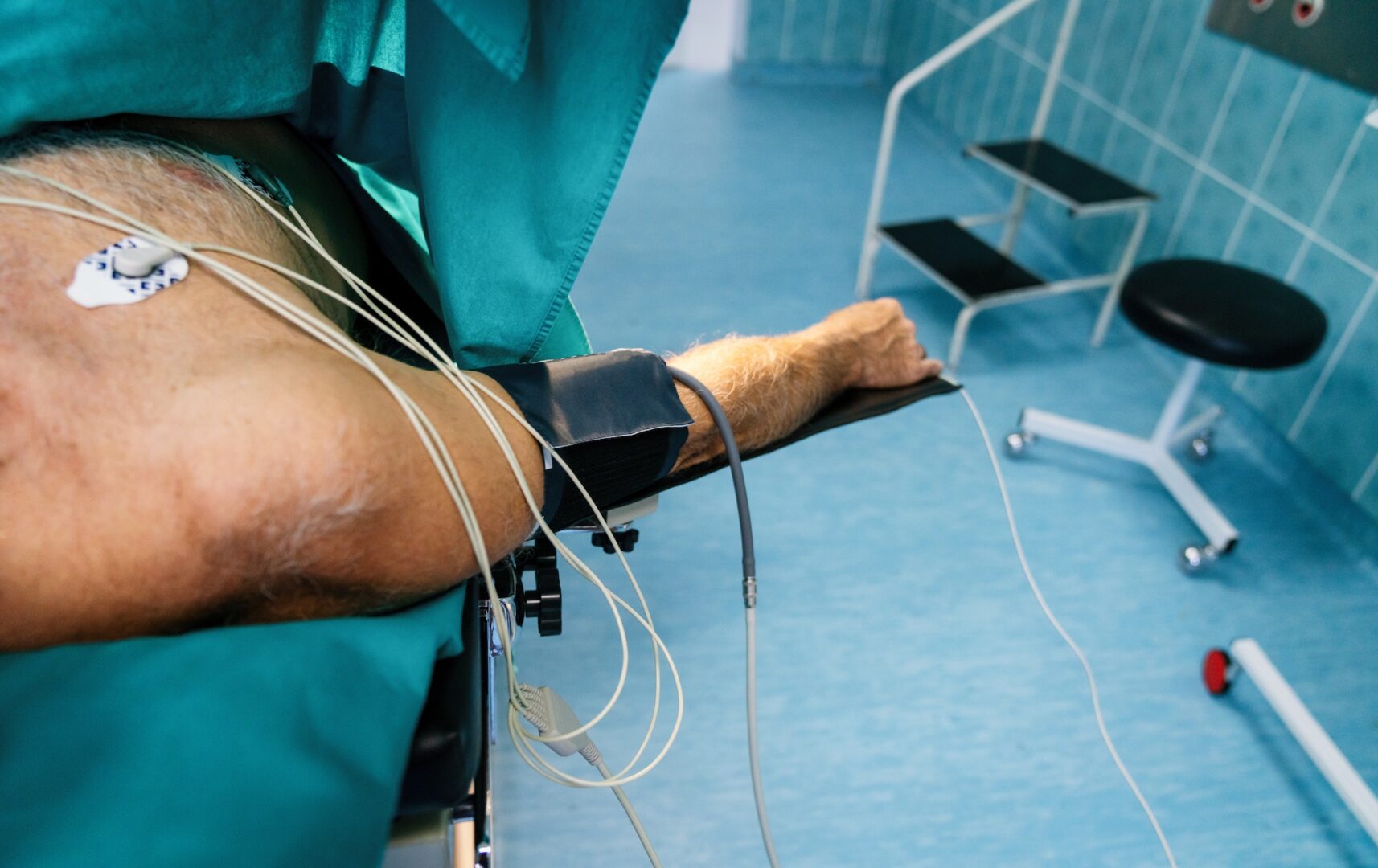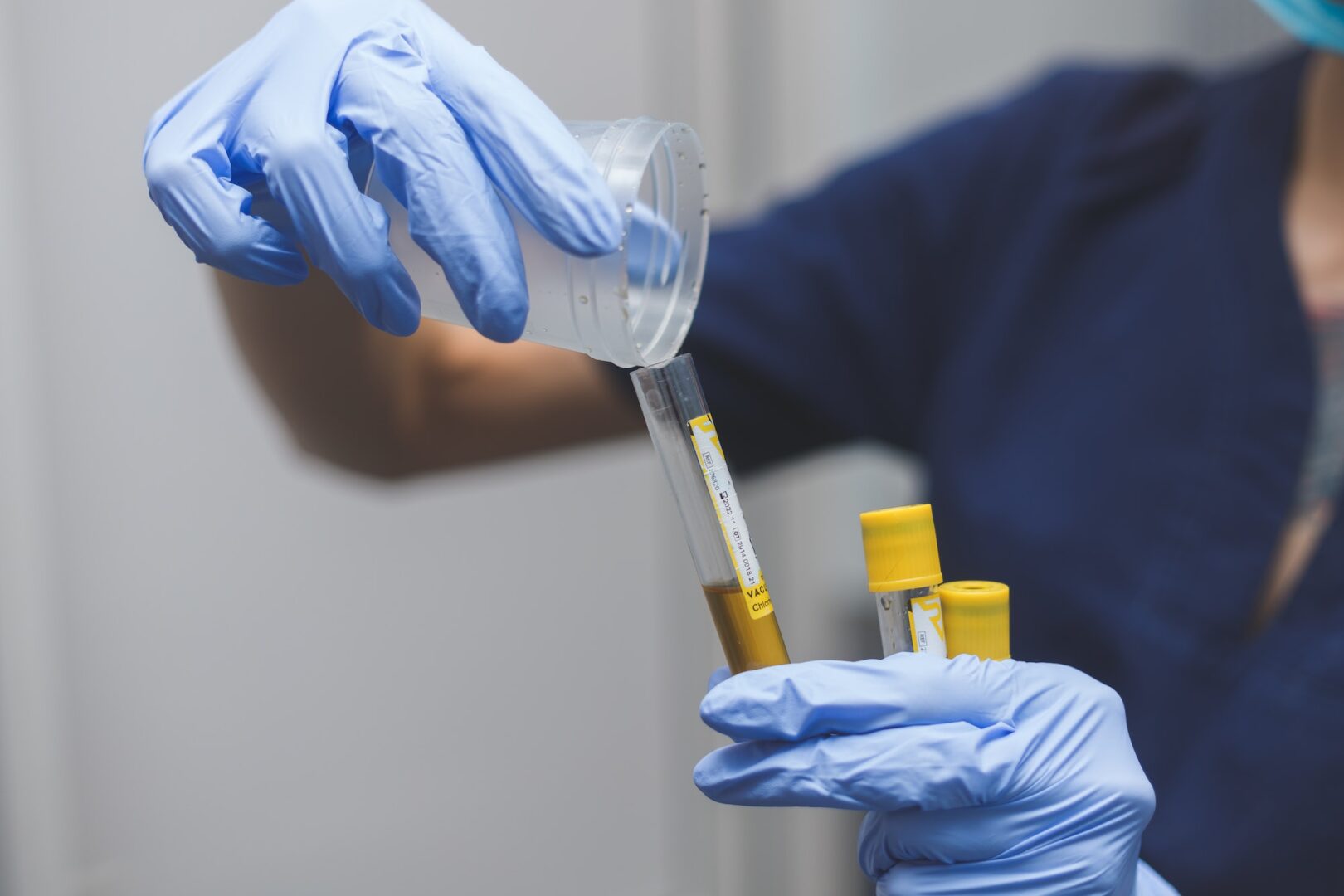Understanding Return-to-Work Programs
Importance of Return-to-Work Programs
Return-to-work programs are essential for both employees and employers. These programs facilitate the smooth transition of employees back to the workplace after an injury or illness. By implementing an effective return-to-work program, we can ensure that employees feel supported and valued, which can significantly boost morale and productivity.
The benefits of return-to-work programs include:
- Reduced Absenteeism: Employees return to work sooner, reducing the time they spend away from their jobs.
- Improved Employee Well-being: Employees receive the necessary support to recover and reintegrate into the workplace.
- Cost Savings: Employers save on costs associated with long-term disability and workers’ compensation.
- Enhanced Productivity: Employees who return to work are more likely to be productive and engaged.
For more insights on how workplace wellness programs can improve employee productivity, visit our article on how workplace wellness programs improve employee productivity.
Key Components of an Effective Program
An effective return-to-work program comprises several key components that ensure its success. These components include:
- Clear Policies and Procedures: Establishing well-defined policies and procedures helps in setting expectations for both employees and employers.
- Comprehensive Assessments: Evaluating employee health and abilities is crucial for identifying suitable work tasks. Learn more about this in our section on evaluating employee health and abilities.
- Customized Plans: Developing individualized plans that set realistic goals and create necessary accommodations and modifications.
- Effective Communication: Engaging with employees and coordinating with healthcare providers to ensure a smooth transition.
- Monitoring and Evaluation: Rolling out the program, tracking progress, and making adjustments as needed to ensure continuous improvement.
| Component | Description |
|---|---|
| Clear Policies and Procedures | Establishes expectations and guidelines for the program. |
| Comprehensive Assessments | Evaluates employee health and identifies suitable tasks. |
| Customized Plans | Sets realistic goals and creates necessary accommodations. |
| Effective Communication | Engages with employees and coordinates with healthcare providers. |
| Monitoring and Evaluation | Tracks progress and adjusts the program as needed. |
For more information on the role of occupational health clinics in post-injury care, visit our article on the role of occupational health clinics in post-injury care.
By understanding the importance and key components of return-to-work programs, we can build effective strategies that benefit both employees and employers. This holistic approach ensures a supportive and productive work environment for everyone involved.
Assessing Employee Needs
To build an effective return-to-work program, it is crucial to assess the needs of employees. This involves evaluating their health and abilities and identifying suitable work tasks that align with their current capabilities.
Evaluating Employee Health and Abilities
Evaluating the health and abilities of employees is the first step in assessing their needs. This process involves a thorough review of their medical condition, physical capabilities, and any limitations they may have. By understanding these factors, we can create a tailored plan that supports their return to work.
Key aspects to consider when evaluating employee health and abilities include:
- Medical Assessments: Conduct comprehensive medical evaluations to determine the employee’s current health status.
- Functional Capacity Evaluations: Assess the employee’s physical abilities to perform specific tasks.
- Mental Health Assessments: Evaluate the employee’s mental well-being, as it plays a significant role in their overall ability to return to work. For more information on the impact of mental health, visit the impact of mental health on workplace performance.
Identifying Suitable Work Tasks
Once we have a clear understanding of the employee’s health and abilities, the next step is to identify suitable work tasks. This involves matching the employee’s capabilities with tasks that they can perform safely and effectively.
Consider the following when identifying suitable work tasks:
- Job Analysis: Conduct a detailed analysis of the job requirements to identify tasks that align with the employee’s abilities.
- Task Modification: Modify existing tasks to accommodate the employee’s limitations. This may involve adjusting the physical demands or providing additional support.
- Alternative Roles: Explore alternative roles within the organization that may be more suitable for the employee’s current capabilities.
| Evaluation Criteria | Description |
|---|---|
| Medical Assessments | Comprehensive review of the employee’s health status. |
| Functional Capacity Evaluations | Assessment of physical abilities to perform specific tasks. |
| Mental Health Assessments | Evaluation of mental well-being and its impact on work performance. |
| Job Analysis | Detailed analysis of job requirements to match tasks with abilities. |
| Task Modification | Adjusting tasks to accommodate limitations. |
| Alternative Roles | Exploring other roles within the organization. |
By thoroughly assessing employee needs, we can develop a customized return-to-work plan that supports their successful reintegration into the workplace. This approach not only benefits the employee but also contributes to a healthier and more productive work environment. For additional insights on creating a safer workplace, visit creating a safer workplace through early health screenings.
Developing a Customized Plan
Creating a tailored return-to-work program is essential for ensuring that employees can transition back to their roles smoothly and effectively. This involves setting realistic goals and making necessary accommodations and modifications.
Setting Realistic Goals
When developing a return-to-work plan, it is crucial to set achievable and realistic goals. These goals should be specific, measurable, and time-bound to ensure clarity and accountability. By setting realistic goals, we can help employees gradually reintegrate into their work environment without overwhelming them.
| Goal Type | Description | Example |
|---|---|---|
| Short-term | Immediate objectives to be achieved within a few weeks | Employee returns to work part-time for the first two weeks |
| Medium-term | Goals to be achieved within a few months | Employee increases work hours gradually over three months |
| Long-term | Objectives to be achieved over an extended period | Employee resumes full duties within six months |
Setting realistic goals helps in managing expectations and provides a clear roadmap for both the employee and the employer. It is important to regularly review and adjust these goals based on the employee’s progress and feedback.
Creating Accommodations and Modifications
To support employees in their return-to-work journey, it is essential to create accommodations and modifications tailored to their specific needs. These adjustments can help employees perform their tasks effectively while considering their health and abilities.
| Accommodation Type | Description | Example |
|---|---|---|
| Physical | Changes to the work environment or equipment | Providing ergonomic chairs and adjustable desks |
| Schedule | Adjustments to work hours or shifts | Allowing flexible work hours or part-time schedules |
| Task | Modifying job duties or responsibilities | Assigning lighter tasks or reducing workload |
| Support | Providing additional resources or assistance | Offering access to occupational health services or counseling |
Creating accommodations and modifications ensures that employees can work comfortably and safely. It is important to engage with employees and healthcare providers to identify the most suitable adjustments. For more information on creating a safer workplace, visit our article on creating a safer workplace through early health screenings.
By developing a customized plan with realistic goals and necessary accommodations, we can facilitate a smooth and successful return-to-work process for our employees. This approach not only supports their well-being but also contributes to overall workplace productivity and morale. For further insights on improving workplace productivity, check out our article on how workplace wellness programs improve employee productivity.
Communication and Collaboration
Effective communication and collaboration are essential components of a successful return-to-work program. By engaging with employees and coordinating with healthcare providers, we can ensure a smooth transition back to the workplace.
Engaging with Employees
Engaging with employees is crucial for understanding their needs and concerns during the return-to-work process. Open and transparent communication helps build trust and fosters a supportive environment. Here are some strategies for engaging with employees:
- Regular Check-Ins: Schedule regular meetings to discuss progress, address concerns, and provide updates on the return-to-work plan.
- Feedback Mechanisms: Implement feedback channels such as surveys or suggestion boxes to gather input from employees about their experiences and needs.
- Support Resources: Provide access to resources such as counseling services, employee assistance programs, and peer support groups.
By actively involving employees in the process, we can create a more personalized and effective return-to-work plan. For more information on how workplace wellness programs can improve employee productivity, visit our article on how workplace wellness programs improve employee productivity.
Coordinating with Healthcare Providers
Coordinating with healthcare providers is essential for ensuring that employees receive the appropriate medical care and support during their return-to-work journey. Collaboration with healthcare professionals helps us develop a comprehensive and tailored plan that addresses the specific needs of each employee. Here are some key steps for effective coordination:
- Medical Assessments: Work with healthcare providers to conduct thorough medical assessments to evaluate the employee’s health status and abilities.
- Treatment Plans: Collaborate with healthcare providers to develop treatment plans that align with the employee’s return-to-work goals.
- Ongoing Communication: Maintain regular communication with healthcare providers to monitor progress, adjust the plan as needed, and address any emerging health concerns.
By coordinating with healthcare providers, we can ensure that employees receive the necessary medical support and accommodations to facilitate a successful return to work. For more insights on the role of occupational health clinics in post-injury care, visit our article on the role of occupational health clinics in post-injury care.
Effective communication and collaboration are the cornerstones of a successful return-to-work program. By engaging with employees and coordinating with healthcare providers, we can create a supportive and effective environment that promotes a smooth transition back to the workplace.
Implementation and Monitoring
Rolling Out the Program
Rolling out an effective return-to-work program involves careful planning and execution. We need to ensure that all stakeholders are informed and prepared for the program’s launch. Here are the key steps to consider:
- Training and Education: Provide training sessions for managers and supervisors to understand the program’s objectives and their roles in supporting returning employees.
- Communication Plan: Develop a clear communication strategy to inform employees about the program, its benefits, and how it will be implemented. This can include emails, meetings, and informational materials.
- Resource Allocation: Ensure that necessary resources, such as accommodations and modifications, are in place to support returning employees.
- Pilot Testing: Consider running a pilot program with a small group of employees to identify any potential issues and make adjustments before a full-scale rollout.
Tracking Progress and Adjusting as Needed
Monitoring the progress of the return-to-work program is crucial for its success. We need to track key metrics and make adjustments as necessary to ensure the program meets its goals. Here are some steps to follow:
- Regular Check-Ins: Schedule regular check-ins with returning employees to assess their progress and address any concerns. This can help identify any adjustments needed to their work tasks or accommodations.
- Data Collection: Collect data on key metrics such as employee attendance, productivity, and job satisfaction. This data can be used to evaluate the program’s effectiveness.
- Feedback Mechanism: Implement a feedback mechanism for employees and supervisors to provide input on the program. This can help identify areas for improvement.
- Adjustments: Based on the data and feedback collected, make necessary adjustments to the program. This may include modifying work tasks, providing additional training, or updating accommodations.
| Metric | Baseline | Target | Current |
|---|---|---|---|
| Employee Attendance | 85% | 95% | 90% |
| Productivity | 70% | 85% | 80% |
| Job Satisfaction | 60% | 80% | 75% |
By following these steps, we can ensure that our return-to-work program is effectively implemented and continuously improved. For more information on related topics, visit our articles on how workplace wellness programs improve employee productivity and the role of occupational health clinics in post-injury care.
Evaluating Success
Evaluating the success of a return-to-work program is essential to ensure its effectiveness and to make necessary adjustments. This section focuses on measuring program effectiveness and celebrating achievements while continuously improving the program.
Measuring Program Effectiveness
To measure the effectiveness of a return-to-work program, we need to establish clear metrics and benchmarks. These metrics help us understand how well the program is working and identify areas for improvement. Key performance indicators (KPIs) can include:
- Return-to-Work Rate: The percentage of employees who successfully return to work after participating in the program.
- Duration of Absence: The average length of time employees are absent from work before returning.
- Employee Satisfaction: Feedback from employees regarding their experience with the program.
- Productivity Levels: Comparison of productivity levels before and after the program implementation.
- Healthcare Costs: Changes in healthcare costs associated with employee injuries and illnesses.
| Metric | Description | Target |
|---|---|---|
| Return-to-Work Rate | Percentage of employees returning to work | 90% |
| Duration of Absence | Average length of absence | 30 days |
| Employee Satisfaction | Feedback score from employees | 4.5/5 |
| Productivity Levels | Comparison of productivity levels | 10% increase |
| Healthcare Costs | Changes in healthcare costs | 15% reduction |
Regularly reviewing these metrics allows us to track progress and make data-driven decisions. For more information on how workplace wellness programs can improve employee productivity, visit our article on how workplace wellness programs improve employee productivity.
Celebrating Achievements and Continuous Improvement
Recognizing and celebrating achievements is crucial for maintaining motivation and morale. Acknowledging the successes of the return-to-work program can be done through:
- Employee Recognition: Highlighting the accomplishments of employees who have successfully returned to work.
- Team Celebrations: Organizing events or gatherings to celebrate milestones and successes.
- Incentives and Rewards: Offering incentives or rewards to employees who achieve their return-to-work goals.
Continuous improvement is also vital for the long-term success of the program. This involves:
- Regular Feedback: Collecting feedback from employees, supervisors, and healthcare providers to identify areas for improvement.
- Program Adjustments: Making necessary adjustments based on feedback and performance metrics.
- Ongoing Training: Providing ongoing training and support to employees and supervisors to ensure the program remains effective.
By celebrating achievements and focusing on continuous improvement, we can ensure the return-to-work program remains effective and beneficial for all parties involved. For more insights on creating a safer workplace, visit our article on creating a safer workplace through early health screenings.










